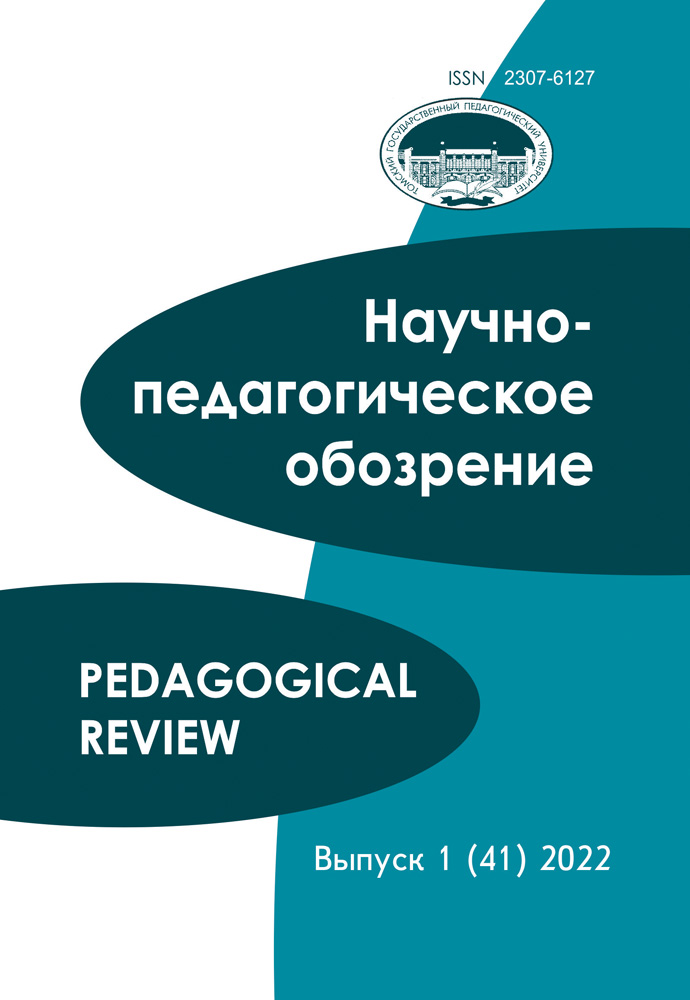Search
| # | Search | Downloads | ||||
|---|---|---|---|---|---|---|
| 1 | The article provides an account of two participial passive constructions employing the -mə̑- participle in Hill Mari. The data was collected in 2017 and 2019 in the villages of Kuznetsovo and Mikryakovo of the Gornomarijskij district, Republic of Mari El. The two constructions with the -mə̑- participle differ in the first place in how the patient is marked: in one of them the patient is marked for nominative, whereas in the other construction the accusative marking is inherited from the transitive verb. The aim of this study is to compare the two constructions in terms of their syntax and semantics and explore the rules that govern the choice between them. In the existing literature two kinds of passive constructions are described: adjectival passive constructions with stative interpretation and verbal passive constructions with dynamic interpretation. The two Hill Mari -mə̑- constructions were expected to demonstrate the same distinction. In order to test this hypothesis, we considered a) the syntactic properties of the constructions, and the nominal or verbal behavior of the -mə̑- form in both cases; b) the aspectual semantics of the two constructions, i.e. the possibility of stative and dynamic interpretation in both constructions; c) the marking of the arguments in the constrictions, i.e. the possibility of overt expression of the agent and the referential properties of the patient. Syntactically, the passive construction with the nominative marking of the patient turned out to be an adjectival predication. This construction is stative, and the nominative patient NP is always definite. The construction with accusative patient marking is a verbal clause with a dynamic interpretation. The accusative patient NP may have any referential properties. However, both constructions can refer to habitual events, which needs further investigation. The observed properties of the two constructions lead to the following generalization: the construction with nominative patient marking denotes a resultant state of an event, whereas the construction with accusative patient marking denotes the event itself. This difference may be interpreted in the first phase syntax framework developed by G. Ramchand: in the nominative construction the patient is the Resultee, whereas in the accusative construction the patient is the Undergoer. Keywords: Uralic languages, Hill Mari, passive, participle, resultative, case, aspect, referentiality, event structure | 1272 | ||||
| 2 | The article deals with participial temporal constructions with the meaning of simultaneity in the Kazym dialect of Northern Khanty. The richness and variety of the inventory of these constructions have been documented in a number of works. However, the existing descriptions do not clearly show their functioning and distribution. Therefore, this study aimed to describe the semantics of simultaneity constructions in more detail and to identify their characteristic features. Data for the study were collected during a field study in the village of Kazym in Khanty-Mansi Autonomous Okrug, Russia, by asking native speakers to complete stimulus contexts, the first part of which consisted of a dependent clause of each construction with a varying predicate. The questionnaire was based on a sample of 50 verbs of different aspect classes. Five constructions were selected for the study: one casemarked participle (locative case) and four postpositional participial constructions with the postpositions pŏrajən, măr(ən), kŭtən, and saxət/sati/sa. The constructions were analyzed based on three aspectual parameters: Telicity, duration, and homogeneity of events. It was found that none of the constructions, with the exception of the locative construction, is compatible with telic background events. In this regard, the pŏrajən construction favors longterm background events, the kŭtən construction heterogeneous background events, the saxət/sati/sa construction short or medium-length background events and telic main events. A closer examination of the received contexts revealed that the pŏrajən construction is not semantically unspecified as described in the literature but expresses a specific meaning of simultaneity with an event that characterizes a period of time. The kŭtən construction, in turn, postulates a heterogeneous background through an initially heterogeneous event, while in combination with homogeneous events, it implies a deliberate interruption of the background event by the subject. The măr(ən) and kŭtən constructions have virtually no restrictions in combination with short-term events, but they are appropriate only in the case of “stretching” these events in time or simultaneity on a smaller scale. Keywords: Uralic languages, Khanty, semantics, aspect, taxis, participle, polypredication, simultaneity | 1079 | ||||








